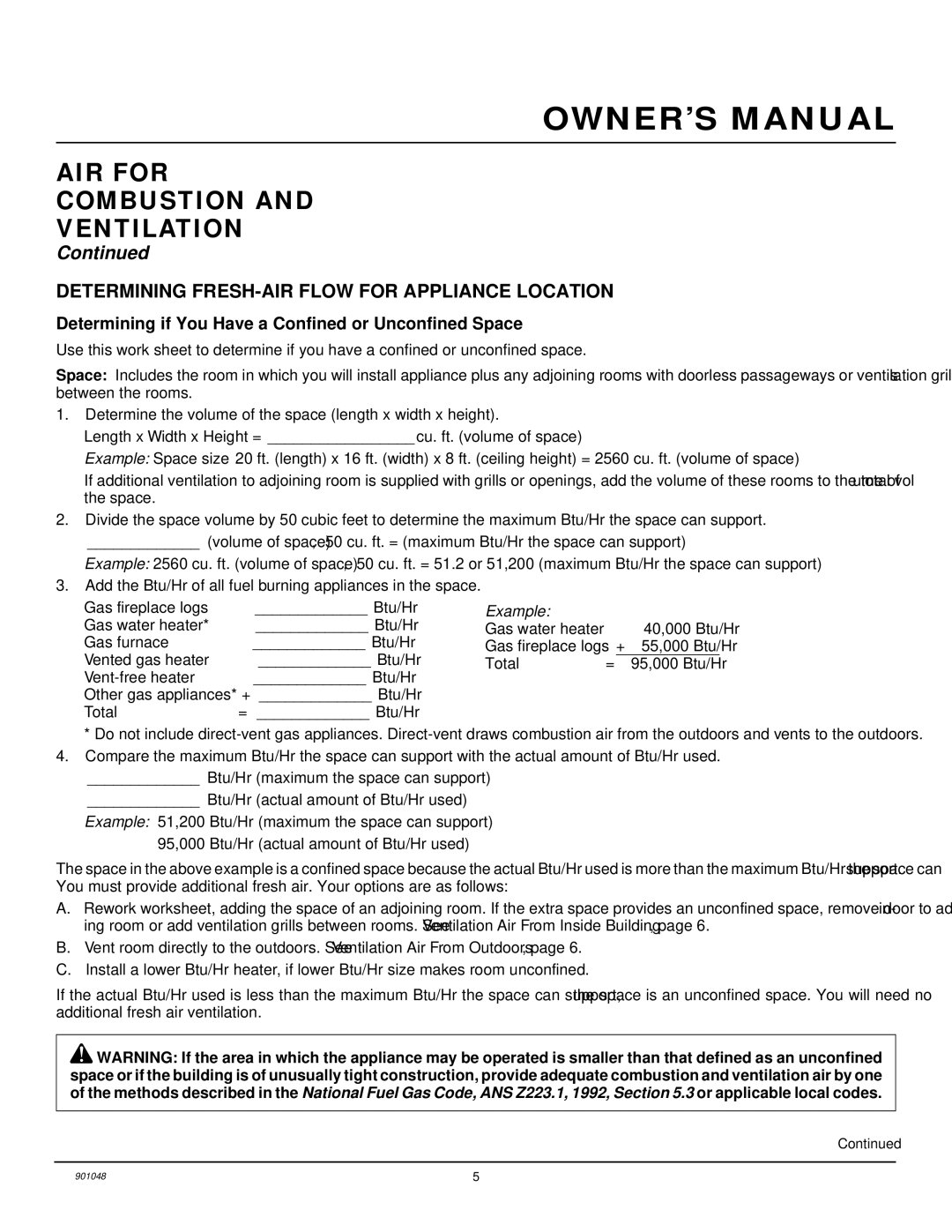CPVSR18, and CVDR30, CPVSR24, CVSR24, CVDR24 specifications
Desa CVSR18, CVDR18, CVDR24, CVSR24, and CPVSR24 are a range of advanced heating solutions designed for various industrial and commercial applications. These systems combine a sophisticated blend of technology, efficiency, and ease of use, making them ideal for maintaining optimal thermal comfort.The CVSR and CVDR series feature a unique vertical design that maximizes space efficiency while ensuring powerful heating capabilities. The model names indicate their heating capacities, with CVSR18 and CVDR18 offering output ratings of 18 kW, and the CVDR24 and CVSR24 providing a robust 24 kW. This scalability makes them suitable for a wide variety of environments, from large warehouses to smaller industrial facilities.
One of the key characteristics of these units is their high efficiency. Employing advanced combustion technology, the Desa heating systems reduce energy consumption while delivering superior heating performance. This not only translates to lower operational costs but also contributes to a reduced environmental footprint, aligning with contemporary sustainability goals.
The CVSR series utilizes a sealed combustion design, meaning that air is drawn from outside the building for combustion, improving indoor air quality and comfort. Meanwhile, the CVDR variants are designed for direct vent applications, allowing for flexible installation options. The direct vent feature ensures that exhaust gases are effectively expelled outside without interfering with indoor air circulation.
In addition to their energy efficiency and innovative design, the CPVSR24 model stands out due to its enhanced control capabilities. It includes smart technology integration that allows for remote monitoring and management, offering users greater control over their heating systems. This feature is particularly beneficial for businesses seeking to optimize operational efficiency by adjusting heating output based on real-time conditions.
Another notable aspect of these models is their durability. Constructed with robust materials, the Desa models are designed to withstand harsh operating conditions. Regular maintenance is made straightforward, ensuring longevity and reliability in performance.
Overall, Desa CVSR18, CVDR18, CVDR24, CVSR24, and CPVSR24 represent a comprehensive suite of heating solutions that prioritize performance, convenience, and sustainability. Their innovative features make them a strategic choice for those looking to enhance their heating systems while minimizing energy consumption and environmental impact.

